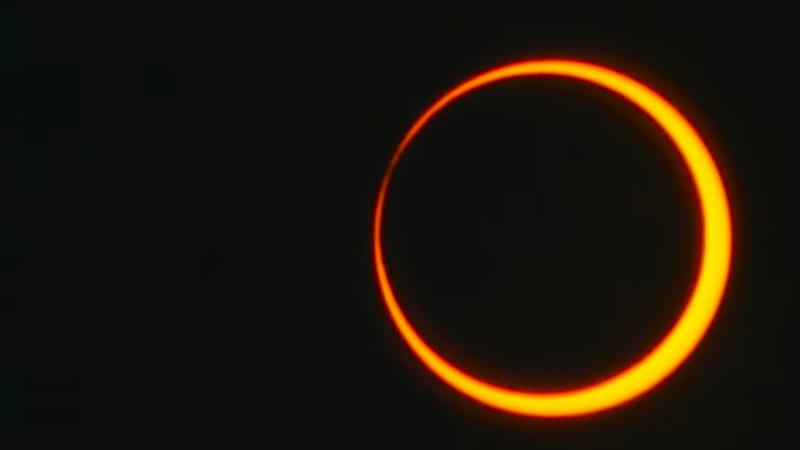
‘Really an incredible event:’ partial solar eclipse visible from Nanaimo, weather permitting
NANAIMO — Astronomers and star-gazers alike will be up early this weekend to take in a partial solar eclipse.
Astronomy professor at Vancouver Island University Dr. Gregory Arkos said the show will start around 8 a.m. on Saturday, Oct. 14 as the moon slowly moves directly between the sun and the Earth.
But it won’t be a total solar eclipse for those of us on Vancouver Island.
“It’s what’s called an annular solar eclipse, a particular kind of solar eclipse. This occurs when we have the moon get in between the earth and the sun, and when that alignment is almost perfect, there’s a chance that some of the moon’s shadow will end up hitting the earth.”



